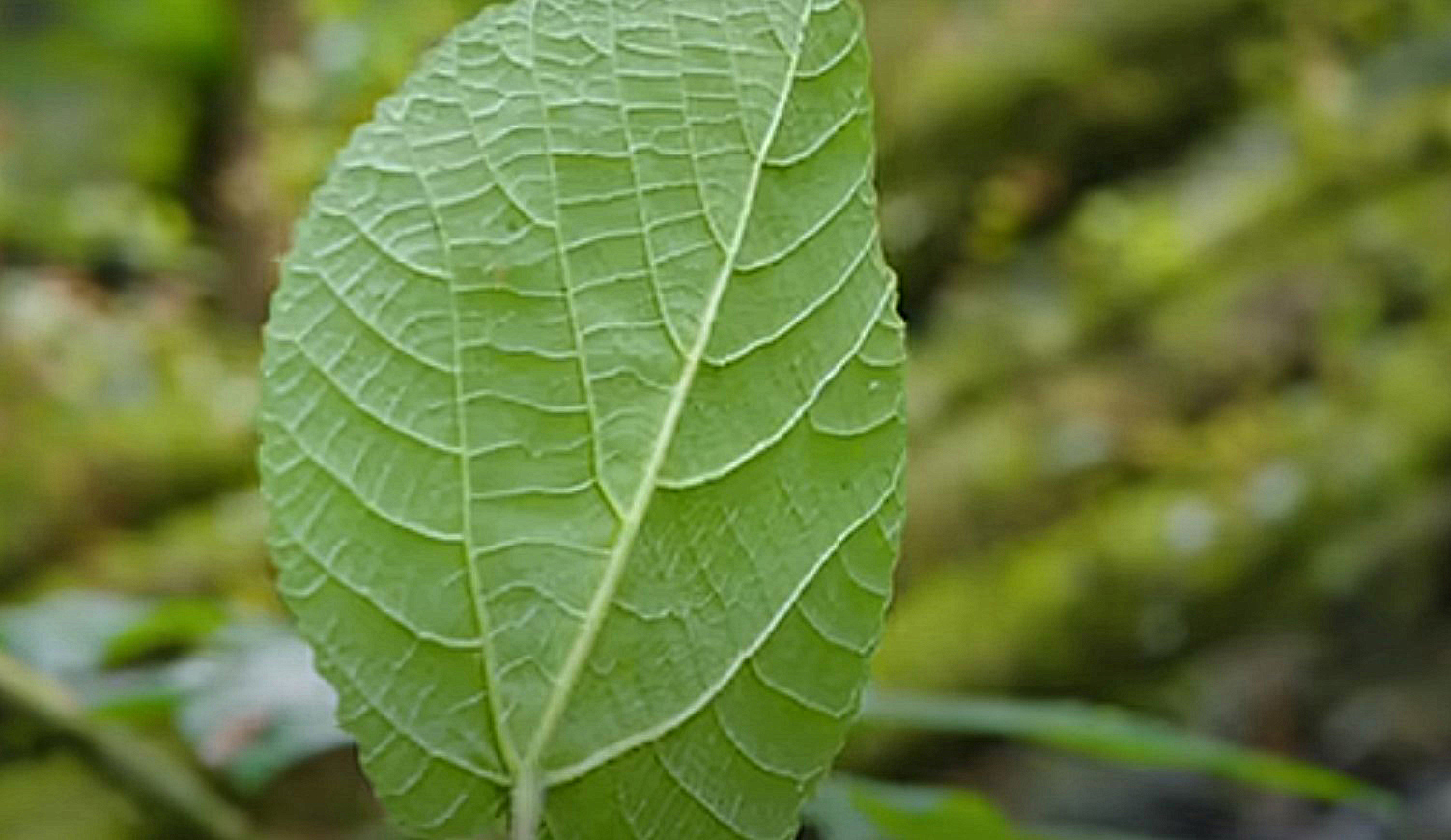Be careful using leaves as toilet paper
Deep in the rainforests of eastern Australia lies one of the world’s worst botanical nightmares: the Dendrocnide moroides, more commonly called the Australian giant stinging tree or “devil’s toilet paper plant.” This simple tree packs an incredibly potent sting, delivered by needle-like appendages on its leaves and bark.
The intense pain caused by brushing up against a giant, stinging tree has been described as a fire rapidly spreading over the affected area. The anguish can last weeks or months, with the initial sting causing severe redness, swelling, and throbbing. Some unlucky souls who encountered the plant have been temporarily paralyzed or landed in the hospital.
So why is it called “devil’s toilet paper”? Because using the large leaves as makeshift toilet paper in the bush would be among the worst ideas imaginable. The silica-tipped needles that cover the plant can become lodged so deeply into the skin that trying to remove them often breaks off the tips, making the wound worse.
The tree’s unique defense mechanism evolved to ward off browsing animals. The needles act like miniature hypodermic needles that deliver a potent neurotoxin cocktail when they penetrate flesh. This venom causes exquisite agony by targeting the same pain receptors as those activated by red chili peppers or self-defense sprays.
The initial intense, burning sting can last for up to several hours or even a full day. This has been described as an incredibly severe, throbbing, swelling rash. After the initial sting, the affected area can remain painfully sensitive to cold and heat for many days or even weeks afterward. In some cases, the intense pain has been reported to last for months or over a year after being stung before fully subsiding.
There are a few recommended remedies that may provide some relief if stung by the Australian giant stinging tree:
- Remove residual hairs/needles. Carefully remove any plant hairs/needles still stuck in the skin using sticky tape or a wax hair removal strip. Don’t try to pull them out, as this can break off the tips under the skin.
- Apply diluted hydrochloric acid. Carefully swabbing a diluted hydrochloric acid solution (like you’d find in gastric/stomach acid) can help neutralize the toxic pedunculate venom.
- Taking over-the-counter antihistamines like fexofenadine or loratadine can help reduce inflammation, itching, and swelling from the sting.
- Use hot wax. Applying industrial hot wax or gunk remover can allow the resin to cool and peel off, removing trapped needles/toxins.
- Pain medication. For severe, throbbing pain, OTC anti-inflammatories like ibuprofen or even prescription pain meds may be required, particularly in the first few days.
- Anesthetic creams. Topical anesthetic ointments containing ingredients like lidocaine or benzocaine can temporarily numb the area.
Seeing a medical professional is highly recommended, as the intense sting can potentially cause anaphylaxis in some cases. Most home remedies only provide partial, short-term relief from the immense agony inflicted by this tree’s stings.
Coyote Peterson, a wildlife educator and adventurer known for his daring encounters with various creatures and plants, volunteered to get stung by the Devil’s Toilet Paper plant to raise awareness about the excruciating pain caused by its sting. Peterson’s experience with this plant was documented in the following video, where he demonstrated the effects of the sting and provided valuable information on how to treat it.

